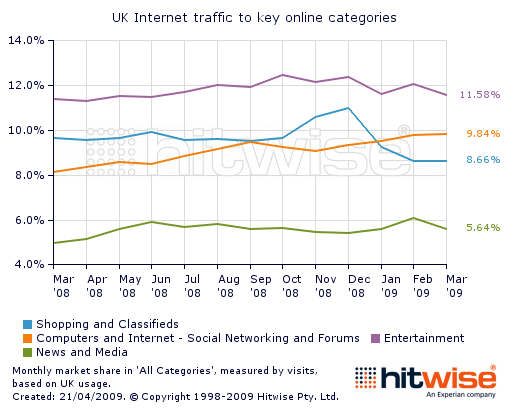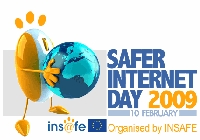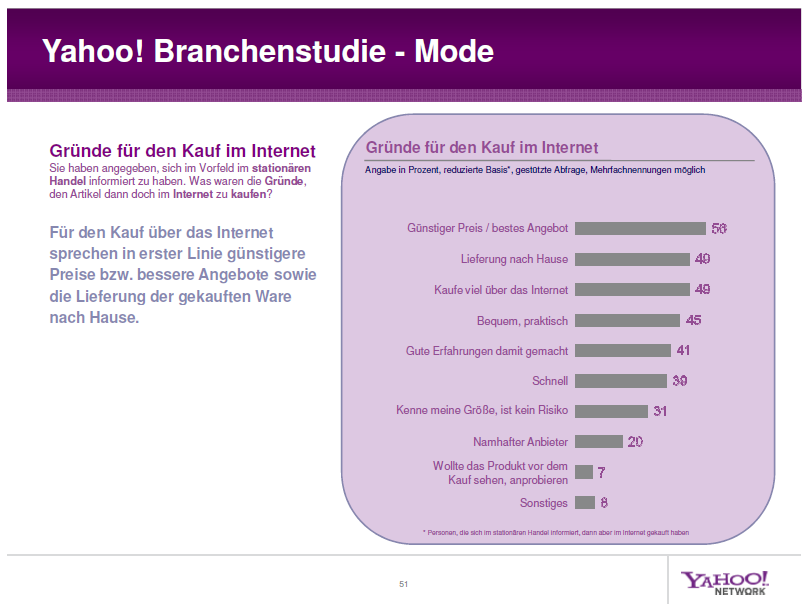The discussion about the best advertising currency is long-lasting. It may never be ending. Still the discussion needs to be continued. The web publishing space had all the options on the table: cpm, cpi, cpc, cpl, cps and so on. And each and everyone of those failed in a way that makes all sides of the publishing and web value chain happy. The only currency that did not seriously come up as a currency ratio in media is cost per user (cpu) although every company follows this metric to evaluate their website costs.
Advertisers love to purchase ‘cheap’ quality space of extraordinary target groups. Platform owners need premium-price compensation models in order to provide high-quality content to their users. The users don’t care. Although they are the stumbling block, the center of attention, in this issue between platform providers and advertising clients. Now that web 2.0 and social media comes into the ‘cpx-game’, everyone gets a chance to rethink digital currency models. What is missing in this discussion is the cost per user model.
A Retrospect on Controlled Circulation
If we go way back to the beginning of this century, there was an interesting discussion about controlled circulation going on in the publishing industry. This discussion indicated that the best value of a medium is the registered or qualified user. Someone who gives away a lot of personal data in order to receive a medium for free. And there were numerous print magazines in the market that do and did controlled circulation. And today? There are hundreds of community-based business models on the web – all of these are to a huge degree controlled circulation orientated. Only a few of these businesses know about it, or see the premium value of controlled circulation media in this advertising space.
Now, what exactly is controlled circulation?
In a lot of meetings with clients, the question came up a thousand times when we explained our old community model. Controlled circulation is a distribution model, usually free of charge, for newspapers and magazines that wanted to have a deeper control of their target group. Thus, controlled circulation magazines offered the ideal targeting of the best quality audience for their advertisers. The benefit was quite obvious if we read the articles here and there. Advertisers spend more money for an ad in the controlled circulation arena than for the classical news-stand magazine. In booking controlled circulation media advertisers know in details what target group get for their money. This premium model could have been applicable to business models on the web. But only a few saw this option and took advantage of the ‘closed’ access door idea.
Why is controlled circulation a winner?
The big benefit of controlled circulation is that non-profit organizations audit the reader database of magazines or web platforms in terms of database quality and quality reach: for print BPA and for web platforms ABC Electronic. Both independent ‘controllers’ double-check in the means of the advertisers what kind of target group quality content providers ‘pretend’ to offer to the advertisers. Advertisers love the audits as there is some reliable data that marketers could show to their bosses or the management team after the sales people had captured the marketing-office for their sales pitches. It needs to be said that the audits were based on projections – only 10-20% of the total database really was tested, but still the quality check was much appreciated by the advertisers.
Controlled circulation and the modern web communities
The question is: Why did the controlled circulation discussion ‘die’? Why was it not carried on as an idea for a premium-priced advertising currency in the web world? Why did the focus on the high-profile individual user registration get lost when there was such a huge benefit for the advertising industry? Did it get killed alongside the top-valued personalization idea which got stepped down by the advertising cpm valuation? Maybe…
Nevertheless, in days where social media, social networking and community-building is exploding, is it not the right time to focus on the value of the registered user in terms of digital currency and critically scrutinize the ‘odd’ cpm valuation? Does not the individual need to be in the center of attention of the modern web 2.0 world? The modern web individual that communicates with companies. The one that reads, comments, blogs, publishes, networks, rates or reviews?
A vision
Just imagine there was a kind of database that all magazines and platform owner have to use who want to earn advertisign dollars. That database is held by a non-profit organization or the government. A system where all users unite, active and inactive web users. Every user could define their most interesting platforms and status of activity which would lead to a cost per user index for each online magazine or web platform, based on consumption intensity of the average user, social networking value of the active user and staying-time frequency of each individual. In the end, the combined data of the website generates a platform coefficient which leads to a cost per user. This is the cost that advertisers want to book, right?
Spot On!
In the modern social media world registration processes become daily business for users. If it was one database as described above, the users would be held responsible. They would be more careful on how to define access and care about their data. From day to day, users get more open minded about showing their data on other media including registering their preferences, interests and hobbies. And platform owners benefit from that. In the future, it will become a state of the art for publishing houses and digital platform owners to have their own web community visible on the side-bar for new visitors. This is a huge success for web platform owners. What could be a better reference if you can show your audience, visual and accessible for everyone with avatar picture that the users upload themselves? Bloggers already use this option to attract more interest. The single user will become the reference for each platform.
So, what if the best targeting measurement of a platform becomes the cost per user (cpu)? If we think about how connected (via Google, Facebook or Yahoo) these platforms are becoming and see all the website and social media metrics we could monitor, the question rises: Is there an option to standardize registration on web platforms and communities plus integrating all the generated data of these platforms into one non-profit system or organization which calculates a cost per user index based on targeting criteria like b2b or b2c and different demographic data? Is Cost per User the next digital currency? The discussion is yours…





 The world of advertising is changing and becoming more engaging…
The world of advertising is changing and becoming more engaging…




